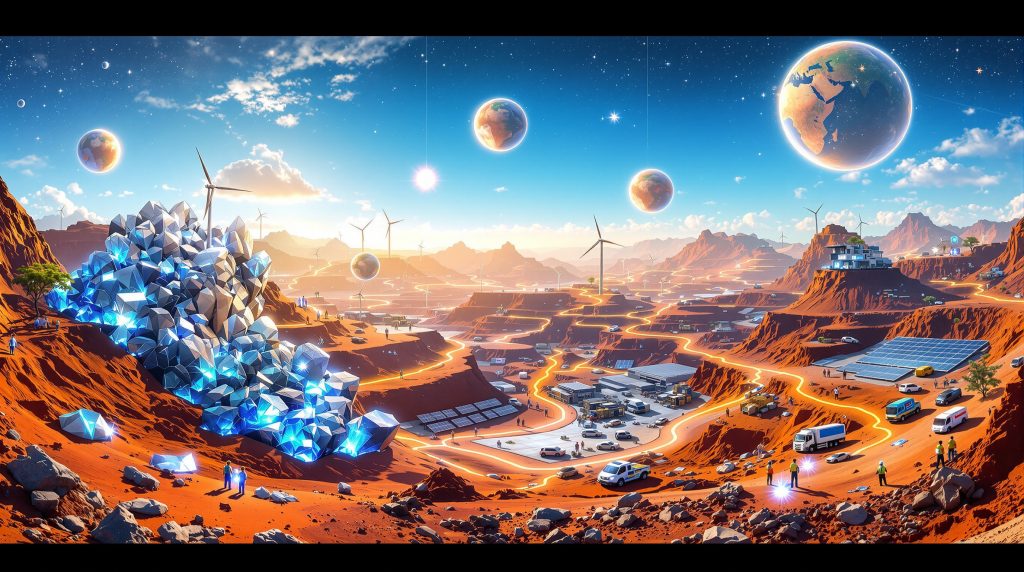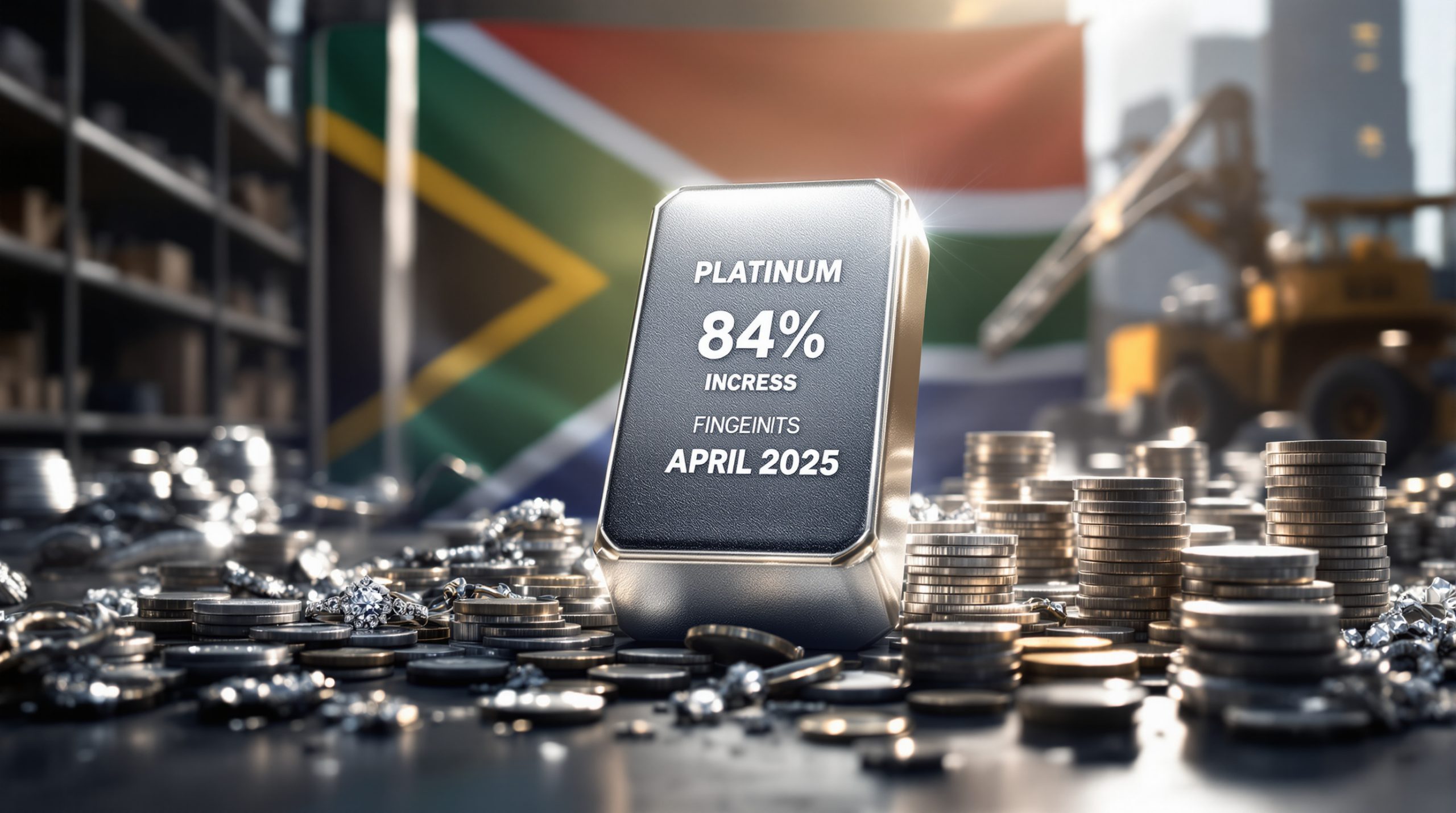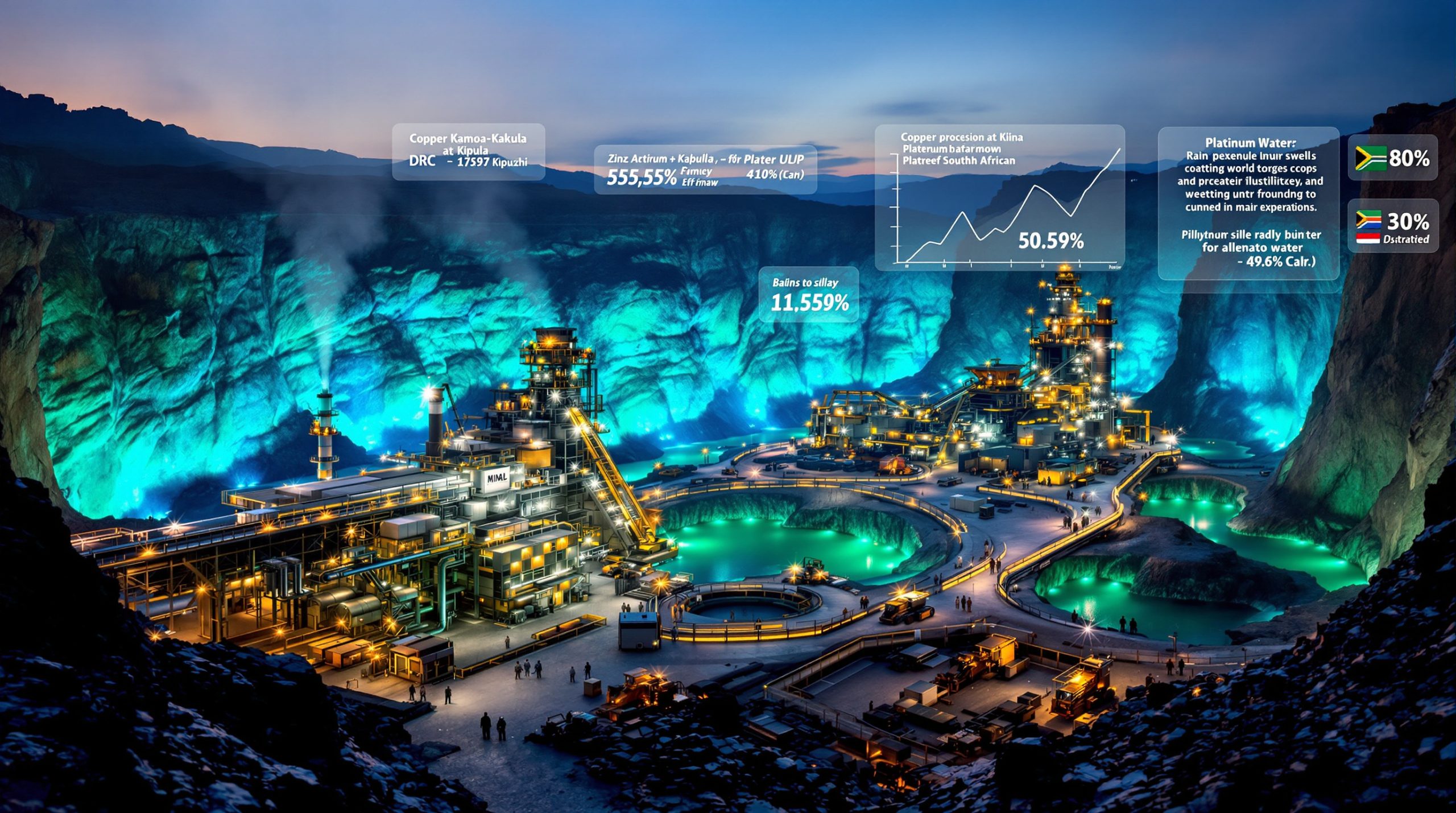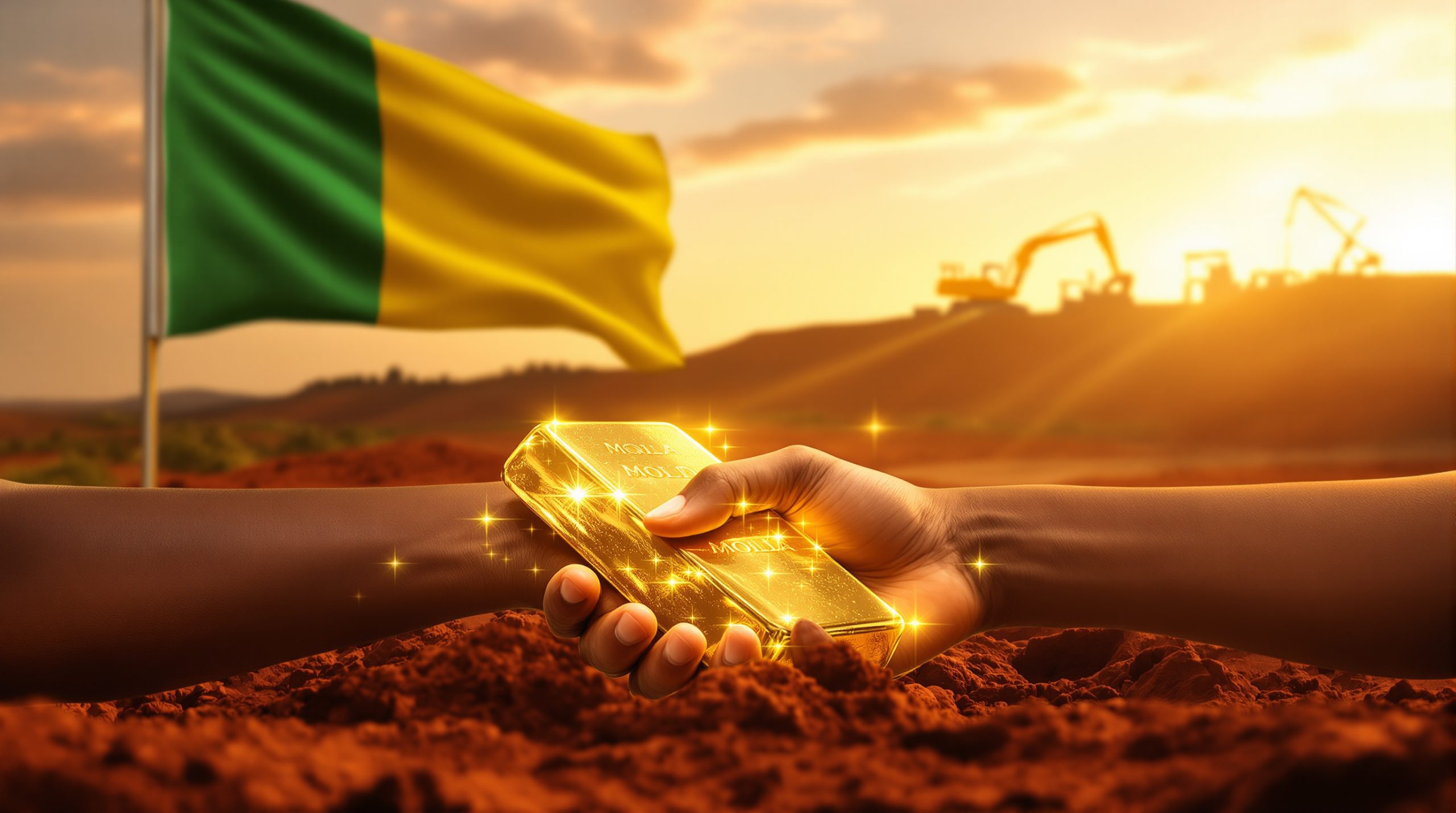Africa's Critical Minerals Revolution: The New Resource Frontier
Africa stands at the cusp of a transformative mineral revolution that could redefine its economic landscape. Unlike the gold and diamond rushes of previous centuries, today's mineral boom centers on critical resources essential for the global energy transition and technological advancement. These minerals—lithium, cobalt, graphite, rare earth elements, and others—form the backbone of renewable energy systems, electric vehicles, and digital technologies that will power the future global economy.
Why Are Critical Minerals Becoming Africa's New Economic Driver?
The continent's vast mineral wealth is attracting unprecedented attention from global investors, technology companies, and governments seeking to secure supply chains for the green economy. This surge of interest represents both tremendous opportunity and significant challenges for African nations navigating this new resource landscape.
The Global Energy Transition's African Connection
The worldwide push toward decarbonization has created exponential demand growth for minerals that Africa possesses in abundance. According to the International Energy Agency, an electric car requires six times more mineral inputs than a conventional car, while offshore wind plants need nine times more mineral resources than gas-fired power plants of the same capacity. This fundamental shift in global energy systems has positioned Africa's resources at the center of strategic planning for governments and corporations worldwide.
Strategic Value Beyond Traditional Commodities
Critical minerals differ fundamentally from traditional extractive resources in their strategic importance. These aren't merely commodities but essential components of energy security, technological sovereignty, and climate action plans. This strategic dimension has elevated their importance beyond mere market value.
As noted by Olivier Barbeau, Managing Partner at Moore Johannesburg: "Everything that has to do with technology is the new gold rush on the African continent. Critical minerals are driving not just mining activity, but a rethinking of Africa's economic positioning in global supply chains."
Which African Nations Lead the Critical Minerals Landscape?
The Democratic Republic of Congo: Cobalt Kingdom
The DRC dominates global cobalt production, accounting for approximately 73% of world supply with around 130,000 metric tons produced in 2023. This mineral is essential for lithium-ion batteries that power everything from smartphones to electric vehicles. The country holds an estimated 3.6 million metric tons of cobalt reserves, approximately 48% of the world's total, making it a focal point of international investment and geopolitical competition.
Recent developments include:
- Expansion of industrial mining operations in Katanga Province
- New processing facilities to capture more value domestically
- Efforts to address artisanal mining challenges through formalization programs
An estimated 15-30% of the DRC's cobalt production comes from artisanal and small-scale mining, with approximately 255,000 people working in this sector as of 2019.
Zimbabwe's Lithium Potential
Zimbabwe possesses significant lithium reserves, with major deposits at Bikita, Arcadia, and Zulu. The country's lithium sector has seen rapid development, with production increasing from approximately 1,200 metric tons of lithium content in 2021 to an estimated 9,000 metric tons in 2023. Recent policy reforms have attracted significant investment from Australian, Chinese, and European mining companies.
| Zimbabwe's Major Lithium Projects | Development Status | Resource Potential |
|---|---|---|
| Arcadia Lithium Project | Under construction | High-grade lithium resource |
| Bikita Minerals | Operational | Oldest lithium mine in Zimbabwe |
| Zulu Lithium | Development phase | Significant spodumene deposits |
Mozambique: Graphite Powerhouse
Mozambique has emerged as one of the world's largest graphite producers, with approximately 170,000 metric tons produced in 2023. Its Balama operation represents one of the largest natural graphite mines globally. The country's high-quality flake graphite is particularly suited for battery anode production, positioning Mozambique as a key supplier for the electric vehicle revolution.
Namibia's Diverse Critical Mineral Portfolio
Namibia offers a diversified critical minerals portfolio including:
- Uranium (ranking as the world's third-largest producer with 5,613 metric tons in 2023)
- Rare earth elements
- Lithium
- Copper
The country's stable regulatory environment and established mining infrastructure have made it particularly attractive for Western investors seeking alternatives to Chinese-dominated supply chains. Recent Namibia uranium update reports indicate ongoing adjustments in production strategies as global markets evolve.
How Is Investment Flowing Into Africa's Critical Minerals?
New Investment Models Emerging
The strategic nature of critical minerals has led to innovative investment approaches:
- Direct government-to-government partnerships
- Vertical integration by automotive and technology companies
- Resource-for-infrastructure arrangements
- Joint ventures between international miners and state enterprises
Major Investment Trends
-
Chinese Strategic Positioning: Chinese companies have secured significant positions across the continent, particularly in cobalt and lithium resources.
-
Western Re-engagement: The EU, US, and allies have launched initiatives to counter Chinese influence, including:
-
The US-led Mineral Security Partnership established in June 2022 with partners including Australia, Canada, Finland, France, Germany, Japan, South Korea, Sweden, the UK, and the European Commission
-
The EU's Critical Raw Materials Act adopted in March 2024, which aims to ensure that by 2030, at least 10% of the EU's annual consumption of strategic raw materials is extracted within the EU, 40% processed in the EU, and 25% recycled
-
Japan's and South Korea's strategic investment programs
-
-
African Cross-Border Collaboration: Regional economic communities are developing harmonized policies to maximize benefits from critical minerals through the African Continental Free Trade Area framework.
What Challenges Face Africa's Critical Minerals Sector?
Governance and Transparency Hurdles
The critical minerals drive Africa's new gold rush faces significant governance challenges:
- Resource nationalism versus investment attraction
- Contract transparency and fiscal regime stability
- Environmental and social impact management
- Community benefit-sharing mechanisms
As of 2024, 23 African countries are implementing the Extractive Industries Transparency Initiative (EITI) Standard, which requires disclosure of information along the extractive industry value chain, including beneficial ownership.
Infrastructure Gaps
Despite abundant resources, inadequate infrastructure remains a major constraint:
- Energy shortages affecting processing capabilities
- Transportation bottlenecks increasing export costs
- Water scarcity in key mining regions
- Digital infrastructure limitations hampering modern mining operations
Value Addition Aspirations
African governments increasingly seek to move beyond raw material exports to capture more value domestically:
- Battery precursor manufacturing initiatives
- Refining and processing capacity development
- Regional value chain integration efforts
- Skills development programs for advanced manufacturing
The South Africa beneficiation strategy exemplifies how countries are attempting to move up the value chain rather than remaining purely extractive economies.
How Are African Governments Responding to the Critical Minerals Opportunity?
Policy Innovation
Several countries have introduced specialized critical minerals policies:
- Ghana's Critical Minerals Framework
- South Africa's Battery Minerals Strategy
- Tanzania's revised mining code with critical minerals provisions
- Rwanda's strategic minerals development program
Furthermore, many nations are developing a comprehensive critical minerals strategy to maximize economic benefits while ensuring sustainable development practices.
Regional Coordination Efforts
The African Union and regional economic communities are developing continent-wide approaches:
- The African Mining Vision implementation, adopted in 2009 to ensure transparent, equitable, and optimal exploitation of mineral resources
- AfCFTA protocols on mineral trade, with 54 of 55 African Union member states having signed the agreement as of 2024
- Regional resource corridors development
- Harmonized environmental standards
What Does the Future Hold for Africa's Critical Minerals Sector?
Emerging Technology Impacts
New technologies are reshaping the critical minerals landscape:
- Advanced extraction methods reducing environmental footprints
- Blockchain and traceability systems for responsible sourcing, such as Circulor's partnership with Volvo Cars to trace cobalt from DRC mines
- Recycling and urban mining complementing primary production, with research suggesting recycled materials could provide approximately 10% of lithium, 4% of cobalt, and 3% of nickel demand by 2040
- Alternative battery chemistries affecting demand patterns
The ongoing mining industry evolution is transforming operational models across the continent, bringing both challenges and opportunities for stakeholders.
Sustainable Development Integration
The critical minerals sector increasingly connects with broader development goals:
- Renewable energy integration at mining sites
- Community development agreements becoming standardized
- Skills transfer and local content requirements strengthening
- Climate resilience planning for mining operations
Many companies are implementing mining sustainability transformation initiatives that align with both environmental goals and community development objectives.
How Can Africa Maximize Benefits from the Critical Minerals Boom?
Strategic Resource Management Approaches
For sustainable development from critical minerals, African nations should consider:
- Long-term national resource strategies aligned with industrial policies
- Sovereign wealth funds to manage resource revenues
- Transparency mechanisms including beneficial ownership disclosure
- Environmental rehabilitation planning and funding
Knowledge Economy Connections
The critical minerals sector offers opportunities beyond extraction:
- Research and development in mineral processing
- Technical training and university partnerships
- Innovation hubs focused on mining technology
- Geological survey capacity building
What Role Will Critical Minerals Play in Africa's Industrial Future?
Beyond Extraction: Manufacturing Potential
Critical minerals could catalyze broader industrial development:
- Battery manufacturing facilities
- Electric vehicle assembly plants
- Renewable energy equipment production
- Electronics and high-tech manufacturing
Case Studies of Success
Some countries are already demonstrating successful approaches:
- Morocco's phosphate value chain development through OCP Group, which processed approximately 39 million tons of phosphate rock and produced 9.7 million tons of fertilizers in 2023
- South Africa's platinum group metals industrial strategy, with approximately 25-30% of South Africa's PGMs refined domestically as of 2022
- Rwanda's conflict-free minerals certification through the iTSCi program, which covered over 2,000 mine sites in the Great Lakes region as of 2023
- Botswana's diamond beneficiation model applied to new minerals
Transforming the Resource Curse into a Development Catalyst
Africa's critical minerals boom represents a pivotal moment in the continent's economic development. Unlike previous resource cycles, the strategic nature of these minerals creates leverage for more beneficial engagement with global markets. By implementing thoughtful policies, strengthening governance, and focusing on sustainable development, African nations can transform these geological endowments into lasting prosperity.
The global energy transition offers Africa not just a new commodity cycle but an opportunity to fundamentally reposition itself in global value chains. Success will require balancing immediate investment needs with long-term development goals, environmental protection, and community benefits. If managed effectively, the critical minerals drive could become Africa's pathway to industrial transformation and economic diversification.
FAQ: Africa's Critical Minerals Sector
What makes a mineral "critical"?
Critical minerals are those essential for modern technologies and energy systems that face supply risks due to geological scarcity, geopolitical issues, or market concentration. Their designation varies by country based on economic importance and supply vulnerability. The European Union's list includes 34 critical raw materials as of 2023, while the United States lists 50 critical minerals.
Which African countries have the largest critical mineral reserves?
The DRC leads in cobalt, Zimbabwe in lithium, South Africa in platinum group metals and manganese, Mozambique and Tanzania in graphite, and various countries across the continent host significant rare earth elements deposits.
How are African countries protecting against exploitation in critical minerals deals?
Progressive policies include mandatory local participation, value addition requirements, community development agreements, transparent contracting, environmental bonds, and resource-for-infrastructure arrangements with clear public benefit.
What role do artisanal miners play in Africa's critical minerals sector?
Artisanal miners produce significant quantities of certain critical minerals, particularly cobalt in the DRC. Countries are implementing formalization programs, fair trade certification schemes, and cooperative models to improve conditions and integrate these miners into formal supply chains.
How is climate change affecting Africa's critical minerals sector?
Climate impacts include water scarcity affecting processing operations, extreme weather disrupting transportation infrastructure, and energy supply challenges. In response, mining companies are implementing renewable energy solutions, water recycling systems, and climate-resilient infrastructure.
Readers interested in learning more about Africa's critical minerals landscape can also explore related educational content at FurtherAfrica, which offers regional perspectives on resource development across the continent.
Want to Invest in Critical Minerals and the Next Major Discovery?
Discover significant ASX mineral discoveries with real-time alerts from Discovery Alert's proprietary Discovery IQ model, turning complex mineral data into actionable insights for your investment decisions. Understand why major mineral discoveries can lead to significant market returns by exploring Discovery Alert's dedicated discoveries page, showcasing historic examples of exceptional outcomes.




